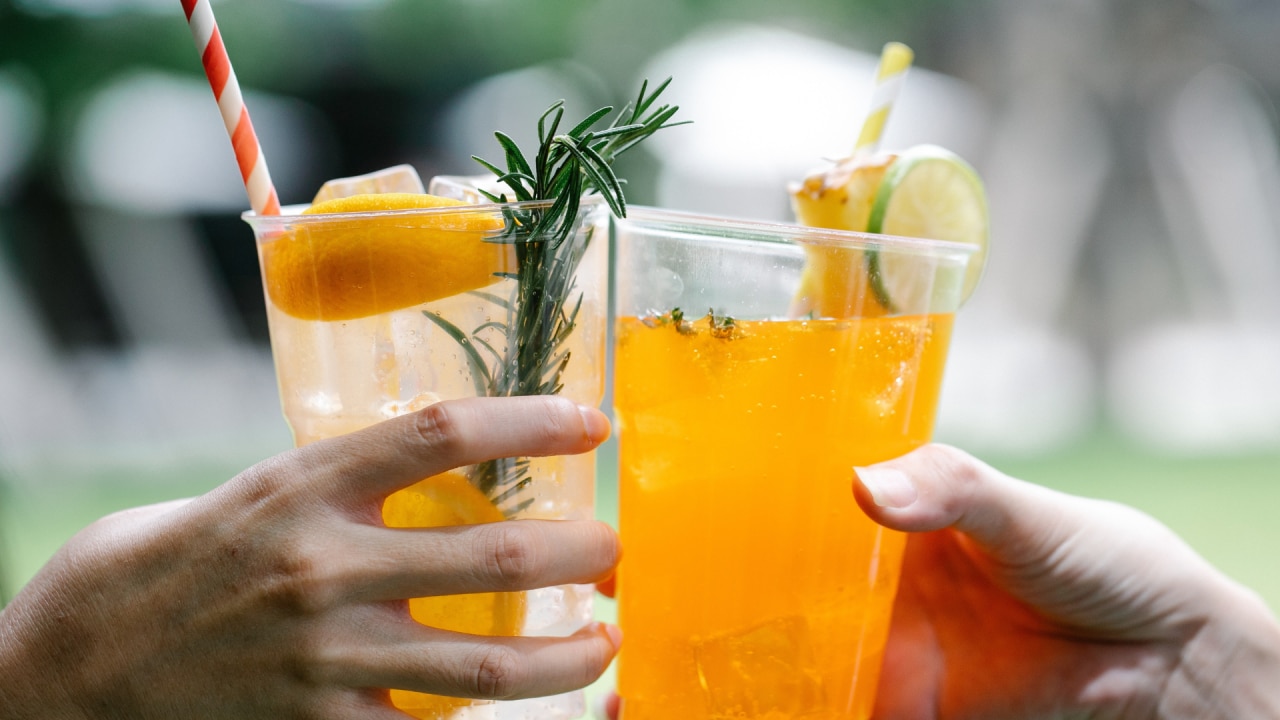
While it is a unanimous fact that plastic is bad for the planet, new research has found that paper and bamboo straws are bad for our health.
We all know plastic straws are a no-no for the environment, but when it comes to ease of use, paper straws definitely don’t cut it. Frustratingly flimsy, they go soggy, get clogged quickly, and let’s face it, can make your drink taste like damp newspaper when they’ve been sitting in it for too long.
Now, we’ve got an excuse not to use them after all. While plastic straws are a sticking point when it comes to sustainability, it turns out that paper and bamboo straws can be a health hazard.
Some paper and bamboo straws contain ‘forever chemicals’; long-lasting and potentially toxic chemicals that can linger permanently in the air, water and soil, according to new research. When scientists in Belgium tested straws from a range of supermarkets, fast food chains and retail stores, they found most of them contained synthetic chemicals called PFAS.
Like what you see? Sign up to our bodyandsoul.com.au newsletter for more stories like this.
“PFAS are chemicals that are very persistent and can accumulate in our bodies,” explains Dr Thimo Groffen, who authored the study. “They can remain there for long time periods. Exposure to PFAS in humans has been associated with several types of cancer, reduced immune response, and developmental and reproductive effects such as reduced fertility.”
While this might sound scary, it’s not time to panic just yet. “The concentration of PFAS [in paper and bamboo straws] is small, so the risk is quite small too,” says Groffen. In other words, unless you’re chewing on several straws a day, you’re probably fine. “We really just wanted to create awareness to show people how they can be exposed to synthetic chemicals, and how we can reduce this exposure – however small,” he says.
It’s worth noting that because PFAS give water and stain-resistant qualities, they’re also found in low concentrations in plenty of consumer products, from food packaging to non-stick cookware.
So, now you can legitimately shun paper straws, what’s the alternative? “None of the stainless steel straws we tested contained any PFAS,” says Groffen.
That’s music to the ears of environmental activists such as Lottie Dalziel, named 2023 NSW Young Australian of the Year for her work on educating people about sustainable living.
“Reuse is always better than single-use,” says Dalziel, who is also the founder of eco-store, Banish. When you consider the carbon emissions used to produce a single metal straw is equivalent to producing 90 – 150 plastic straws, it’s a no-brainer when it comes to the environment.
“Stainless steel straws are the best reusable straw for most people,” says Dalziel. “They are easy to clean, unbreakable and lightweight. Plus, they come in a size for every sipper; whether you want to drink bubble tea, smoothies or cocktails through them, there’s the right width for everything.”
From a health perspective, it’s still essential to clean stainless steel straws properly. While they don’t harbour bacteria in the same way glass or silicone straws have been shown to, it can be hard to see if they’re properly clean. If you’re given a stainless steel straw at a café, beware of ones with curves; these can trap food and germs if they’re not cleaned properly.
“Most stainless steel straws come with a tiny pipe-cleaner-like brush which is great for a deep clean,” says Dalziel. “Otherwise, flush them out with hot water, then throw them into the dishwasher in the cutlery drawer.” When you’re buying them, “make sure they’re made from food-grade stainless steel and are BPA free.”
While stainless steel might not contain PFAS and have a lighter carbon footprint than reusable straws, there’s one even better solution, points out Groffen. “Ditch the straws altogether.”